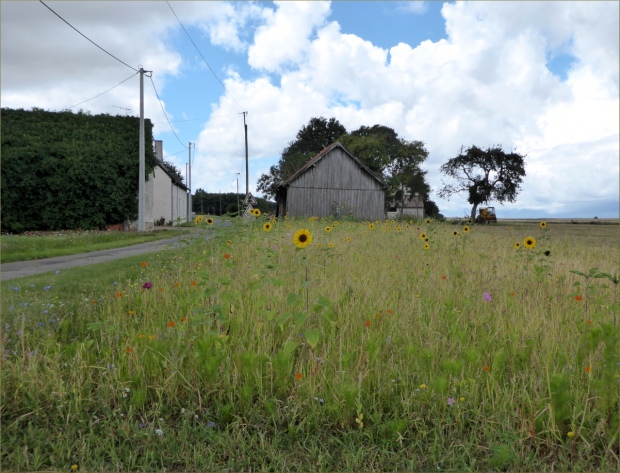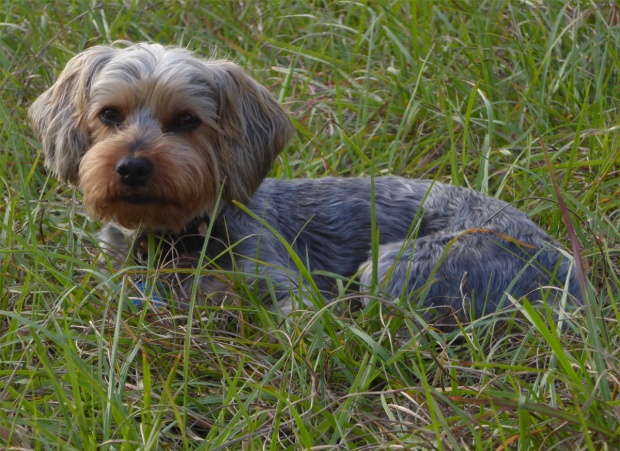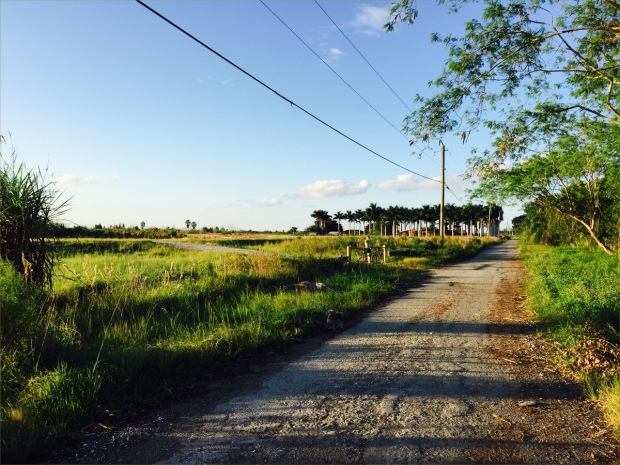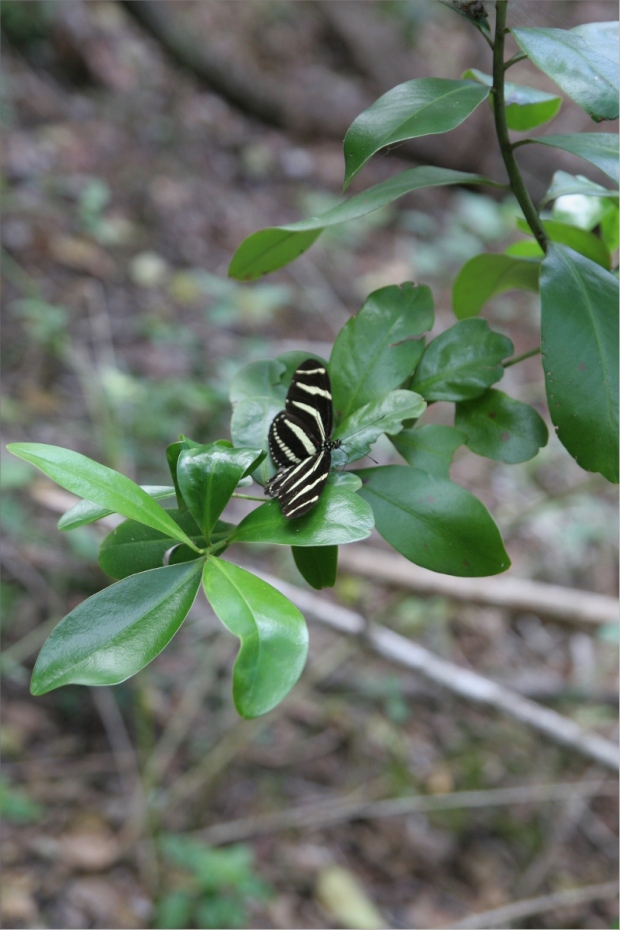It was a quiet ride along Pescadero Road (a minor road that follows the serpentine path of Pescadero Creek) to Old Haul Road. We passed working farms, cow pastures and cottages. As we passed the last farm before entering the thick, shady redwood forest surrounding Loma Mar (population 113), the temperature dropped abruptly, an interesting characteristic of this region, which is made up of hundreds of micro-climates.

After a while, we turned off Pescadero Creek Road onto Wurr Road…

and crossed Pescadero Creek.

Pescadero Creek
Wurr Road has a steel stringer bridge with a timber deck, built in 1962, around the time the State started buying back land from farmers and lumber companies.

Wurr Road Bridge
We stopped on the bridge for a little while and took in our surroundings. A cloud of smoke escaped from the chimney pipe of a nearby timber frame cabin and blew towards the coast, a fisher held his rod over the creek in search of trout and salmon as fishers must have done for centuries (pescadero means “fishing place”), and Pescadero Creek moved slowly over prehistoric river rocks, fallen trees, fish and fishermen’s feet on its journey back to the ocean.

Pescadero Creek County Park is San Mateo County’s largest park at 5,700 acres. It is one of three parks in the Pescadero Creek Park Complex, which also includes Sam McDonald County Park and Memorial County Park. Click here to be directed to a Parks Department brochure and map.

Wurr Road
Pescadero Creek County Park has miles of trails. Old Haul Road is one of them. The County website describes it as a multi-use route for hikers, bicyclists and equestrians that intersects with many of the other trails within the park.

Wurr Road
The website advises that visitors should be aware that Old Haul Road is the main access road for maintenance crews, and should expect to meet the occasional heavy truck and tractors along the way.

The website also explains that much of the road follows the route of a narrow gauge railroad line that hauled logs to the various mills that once flourished in the Santa Cruz Mountains. “Even today you can find rusty choker cables used to skid and lift logs on to flatcars,” it says.

An information board at the trail head (just past a small parking lot) offers the following information: “Pescadero Creek County Park shares its eastern border with Portola Redwoods State Park; trails also connect to Big Basin Redwoods State park. The ranger station in Memorial County Park serves as headquarters for all three parks. The park sits atop a deposit of natural gas and crude oil, which pools in Tarwater Creek and seeps into Jones Gulch Creek. Trees in the park include coast redwood, Santa Cruz cypress, tanoak, and knobcone pine. Visitors may see black-tailed deer and occasional coyote and mountain lions.”

As a beginner mountain biker, the 5.7 mile (9.2 km) trail was an absolute blast to ride. Having finally figured out how to use my gears effectively, the intermittent humps, none higher than 369 feet (112 m) and cumulatively totaling about 1350 feet (411 m), were a thrill to ride over.

The only other people we saw were a group of boys accompanied by an adult, all on mountain bikes, and a ranger in a pickup truck. One of the young mountain bikers made me laugh when he yelled at the top of his lungs, “I-can’t-ride-any-more!” I thought to myself, “If his little lungs can create sounds that are capable of reaching that decibel, he’ll be alright.”

Gliophorus psittacinus (parrot mushroom)?

Galerina Marginata (Autumn Galerina)?



A terrible photo, but an exciting find: a turret spider’s burrow! We find them easily now. When spiderlings leave their mother’s burrow, they don’t venture far (because they’re small and dehydrate easily), so it’s common to find a large turret surrounded by several smaller ones. We’ve seen up to a dozen!

The banana slug… not a relative of the banana spider. They grow up to 10 inches (25 cm) long! The hole in the side of its body (they’re hermaphrodites) is called a Pneumostome. Also called a breathing pore, it allows air to enter the animal’s single lung,

Donkeys!
Resources Consulted:
California banana slugs: Fun Facts About Our Vibrant, Terrestrial Molluscs, Golden Gates Natural Parks Conservancy
California Fungi—Gliophorus psittacinus, MykoWeb
“Five Common Mushrooms that can Poison Your Pet,” by By Dr. Tina Wismer for VetStreet
Old Haul Road, Bay Area Mountain Bike Rides
Old Haul Road, County of San Mateo Parks Department
Pescadero Creek (Wikipedia)
Turret Spider, Friends of Edgewood
“Turret Spiders Launch Surprise Attacks From Tiny Towers,” by Josh Cassidy for KQED Science
Wurr Road Bridge, Bridgehunter.com Historic and Notable Bridges of the U.S.

















































































































































